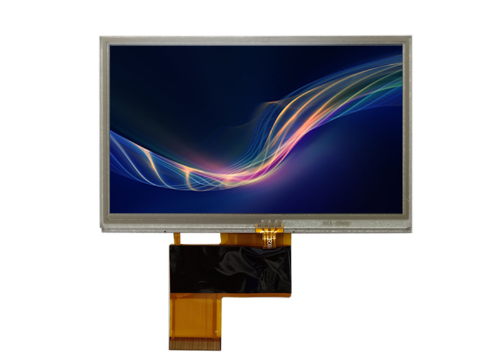Copyright © 2020-2021 Shenzhen CDTech Electronics LTD. All rights reserved. Site Map Powered by iwonder.cn

display / touch / bonding solutions

display / touch / bonding solutions
The instrument panel is the area of the dashboard that is right behind the steering wheel. This panel is home to some gauges and lights that give the driver crucial information about the condition of the car.
Knowing your way around your car's instrument panel is important because failing to do so could cause you a lot of trouble, such as if you run out of gas and have to stop by the side of the road.
Examine some of the most popular instrument panel gauges now.
They are as follows:
The tachometer shows the crankshaft's speed in rotations per minute (RPM). The tachometer may be an analog dial in certain cars or a digital display in others. The numbers on the dial typically run from one to seven, though this may vary depending on the vehicle.
The tachometer's role in a manual car is to assist the driver in choosing the best gear for the road's circumstances.
Although each car is unique, the majority of driving authorities advise moving up a gear when the tachometer reads around "3" (3,000 RPM), and downshifting when it reads about "1." (1,000 RPM). Tachometers are commonly found in automatic transmission cars, although they are not useful until you have temporarily switched to manual driving.
You will likely notice a red-marked area toward the top of the tachometer dial; this is the "danger zone." The engine may overheat or experience early wear if the tachometer needle is in the red danger zone for an extended period or too frequently.

On the instrument panel of the car, the speedometer is located prominently to the left or right of the tachometer. This gauge displays the speed of your car in miles per hour (mph) and kilometers per hour (kph).
Your speedometer may display numbers up to 140 or 160 mph, but this is only possible because most automakers make universal speedometer dials to fit both low- and high-performance automobiles.
In actuality, your car's peak speed is probably in the neighborhood of 100 mph. Make it a practice to frequently check your speedometer while driving. This is crucial when impending changes in the state of the road may call for a slower pace.
Plan to allow adequate time to slow down if you are approaching a 20 mph school zone while driving at 35 mph.
On the instrument panel, the odometer is normally located close to the speedometer. You may find out from this gauge how many kilometers the car has driven overall while it has been on the road.
Many contemporary automobiles also contain a separate odometer that can be reset to zero, to measure miles driven and fuel consumed during a particular trip, in addition to the primary odometer, which cannot be.
Your automobile will continue to run well if you use the information the odometer provides. The average car requires a service every 10,000 miles and an oil change every 3,000 miles. You should be able to find out how frequently your automobile needs an oil change and other services in the owner's manual.
The characteristics of the instrument panel discussed in this article are widely found in contemporary cars.
If you are interested in our services or require additional guidance or information, get in touch with us.